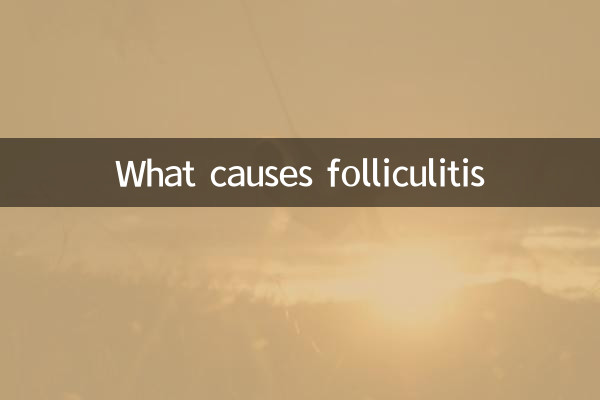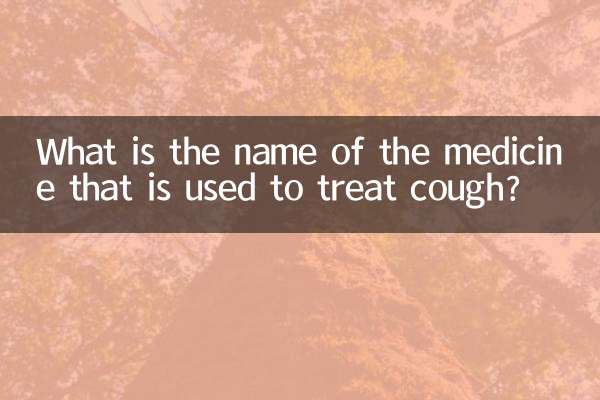What causes folliculitis
Folliculitis is a common skin disease that mainly manifests as an inflammatory reaction of hair follicles and their surrounding tissues. It can be caused by a variety of factors, including bacterial infection, fungal infection, physical or chemical irritation, etc. This article will analyze the common causes of folliculitis in detail and provide structured data to help readers better understand this problem.
1. The main causes of folliculitis

The causes of folliculitis are complex and diverse. The following are some common causes:
| Cause type | specific reasons | Typical performance |
|---|---|---|
| bacterial infection | Staphylococcus aureus, Streptococcus, etc. | redness, swelling, pustules, pain |
| fungal infection | Malassezia, dermatophytes, etc. | Itching, scales, papules |
| physical stimulation | Shaving, friction, tight clothing | Red spots and pimples around hair follicles |
| chemical irritation | Clogged by cosmetics, oil, and sweat | Hair follicle occlusion, inflammatory reaction |
| other factors | Low immunity, diabetes, hormonal changes | Recurrent attacks, difficult to heal |
2. People with high incidence of folliculitis
Certain groups of people are more likely to develop folliculitis. Here are the statistics for those at higher risk:
| High-risk groups | Prevalence | main reason |
|---|---|---|
| teenager | about 35% | Excessive hormone secretion and excess sebum |
| athlete | about 25% | Profuse sweating and friction |
| diabetics | about 20% | Low immunity and difficulty in wound healing |
| long-term antibiotic users | about 15% | Dysbiosis and increased risk of fungal infections |
3. Common symptoms of folliculitis
The symptoms of folliculitis vary depending on the cause. The following are typical symptoms:
| Symptom type | Specific performance | Severity |
|---|---|---|
| mild symptoms | Red papules, mild itching | Can subside on its own |
| moderate symptoms | Pustule formation, localized pain | Need drug treatment |
| severe symptoms | Deep abscess, fever, swollen lymph nodes | Requires professional medical intervention |
4. How to prevent folliculitis
Preventing folliculitis requires starting from daily habits. The following are some effective preventive measures:
1.Keep your skin clean:Bath regularly, especially after sweating, clean your skin promptly to avoid bacterial growth.
2.Avoid excessive friction:Wear loose and breathable clothing to reduce friction between skin and clothing.
3.Shaving correctly:Use clean shaving tools, use warm water to soften hair before shaving, and use soothing products after shaving.
4.Reasonable use of cosmetics:Avoid greasy skin care products or makeup and choose non-irritating products.
5.Enhance immunity:Maintain a healthy diet, regular work and rest, and enhance body resistance.
5. Treatment of folliculitis
The treatment of folliculitis requires choosing the appropriate method based on the cause and severity:
| Treatment | Applicable situations | Things to note |
|---|---|---|
| topical antibiotics | bacterial folliculitis | Avoid long-term use to prevent drug resistance |
| antifungal drugs | fungal folliculitis | It is necessary to continue to use it until the symptoms completely disappear. |
| local hot compress | early inflammation | The temperature should not be too high to avoid burns |
| Oral medications | Severe or recurring attacks | Doctor's guidance is required, no self-medication is allowed |
Summary
Although folliculitis is common, your risk can be reduced by understanding its causes, symptoms, and preventive measures. For folliculitis that has already occurred, correct treatment should be taken in time to avoid aggravation of the condition. If symptoms persist or worsen, it is recommended to seek medical advice as soon as possible to obtain professional diagnosis and treatment.

check the details

check the details